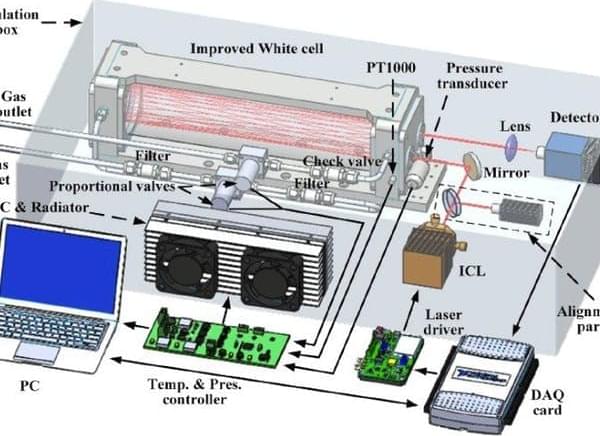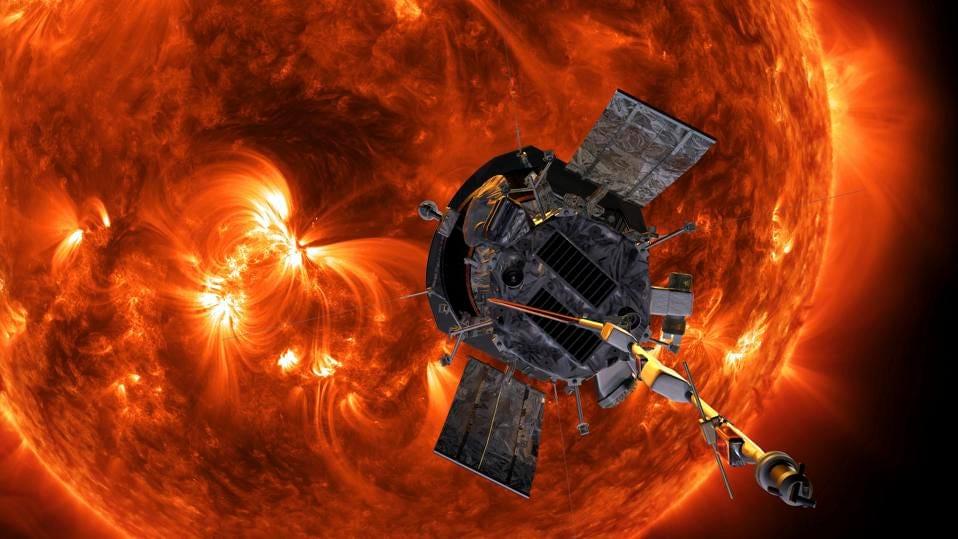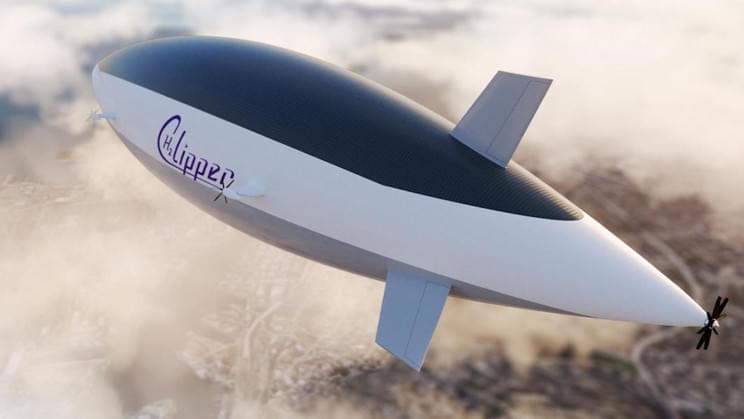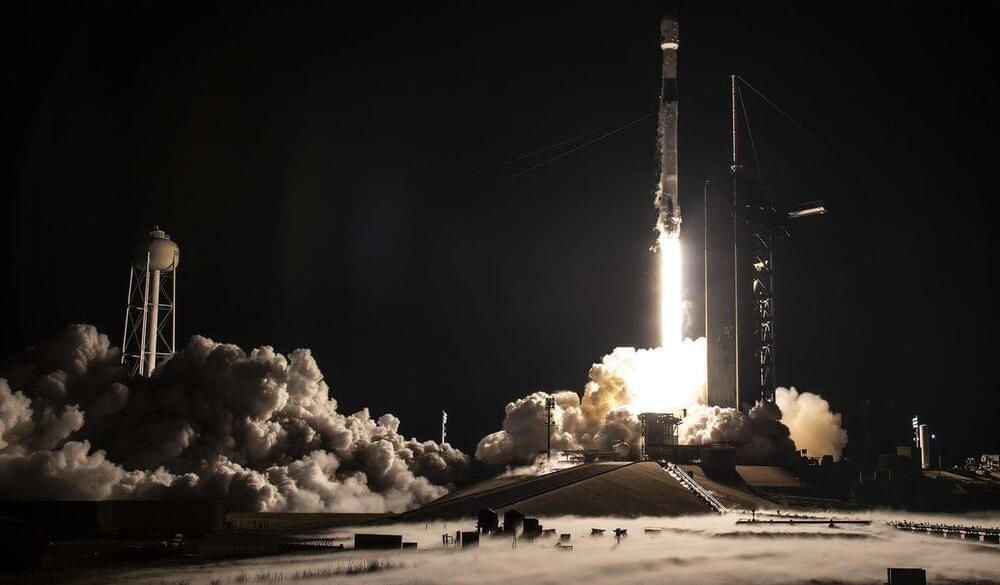And it can allegedly survive a ‘once-in-10,000-years weather event’.
A safe reactor is a seaworthy reactor.
Or at least, it should be.
China claims its floating nuclear reactors, which will power off-shore oil rigs, can withstand “once-in-10,000-year” storms, according to an initial report from The South China Morning Post. That means hurricane-force winds, and more. To test its resilience, marine engineers subjected a model of the newly designed 60-megawatt reactors to strong winds and dangerously powerful undercurrents.
While strong storms are uncommon in the Bohai Sea, where the reactors will be used, the consequences of an accident would be so great that failure simply isn’t an option. “The ship body must not capsize under any circumstance,” said the researchers, according to the report.
Full Story:





